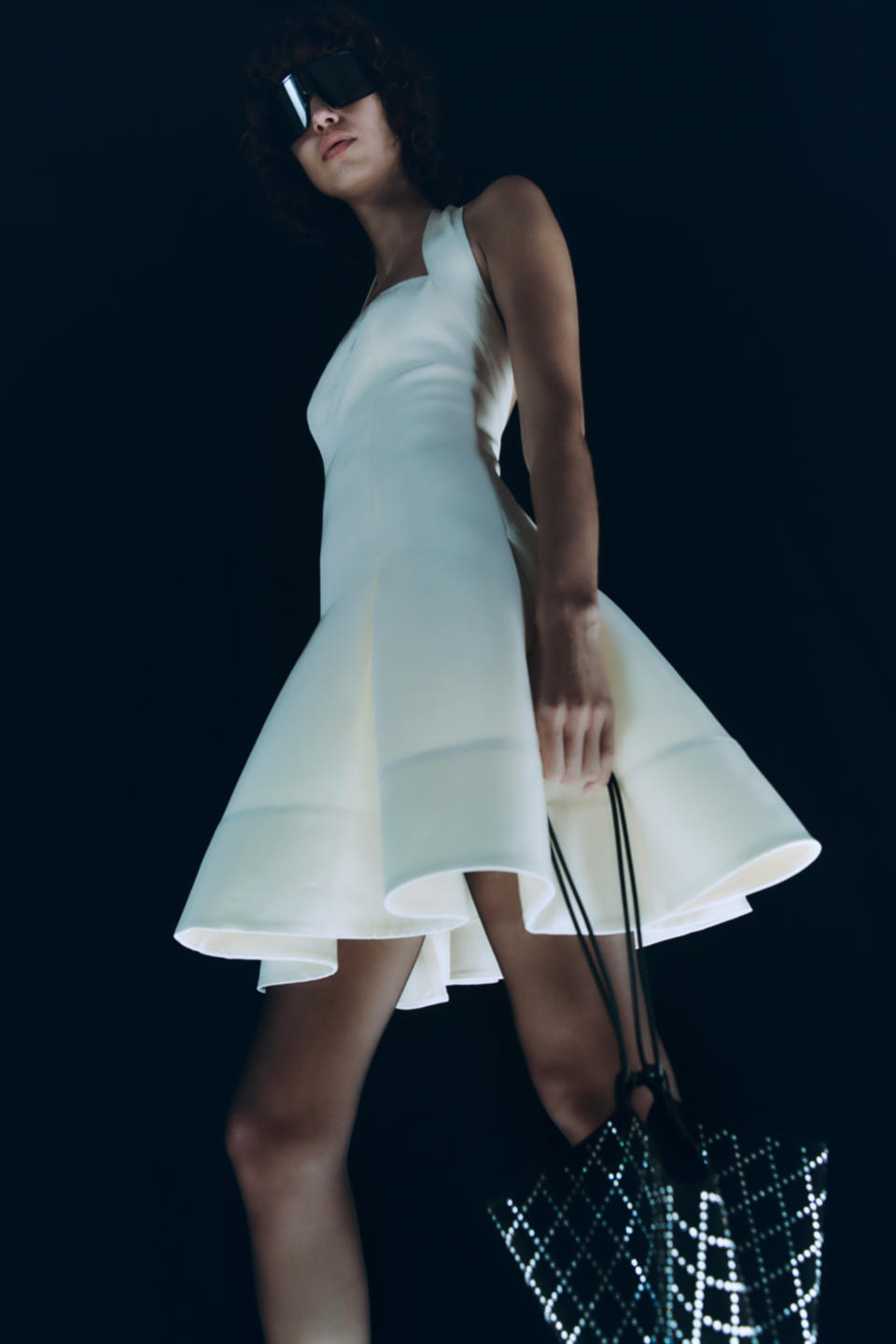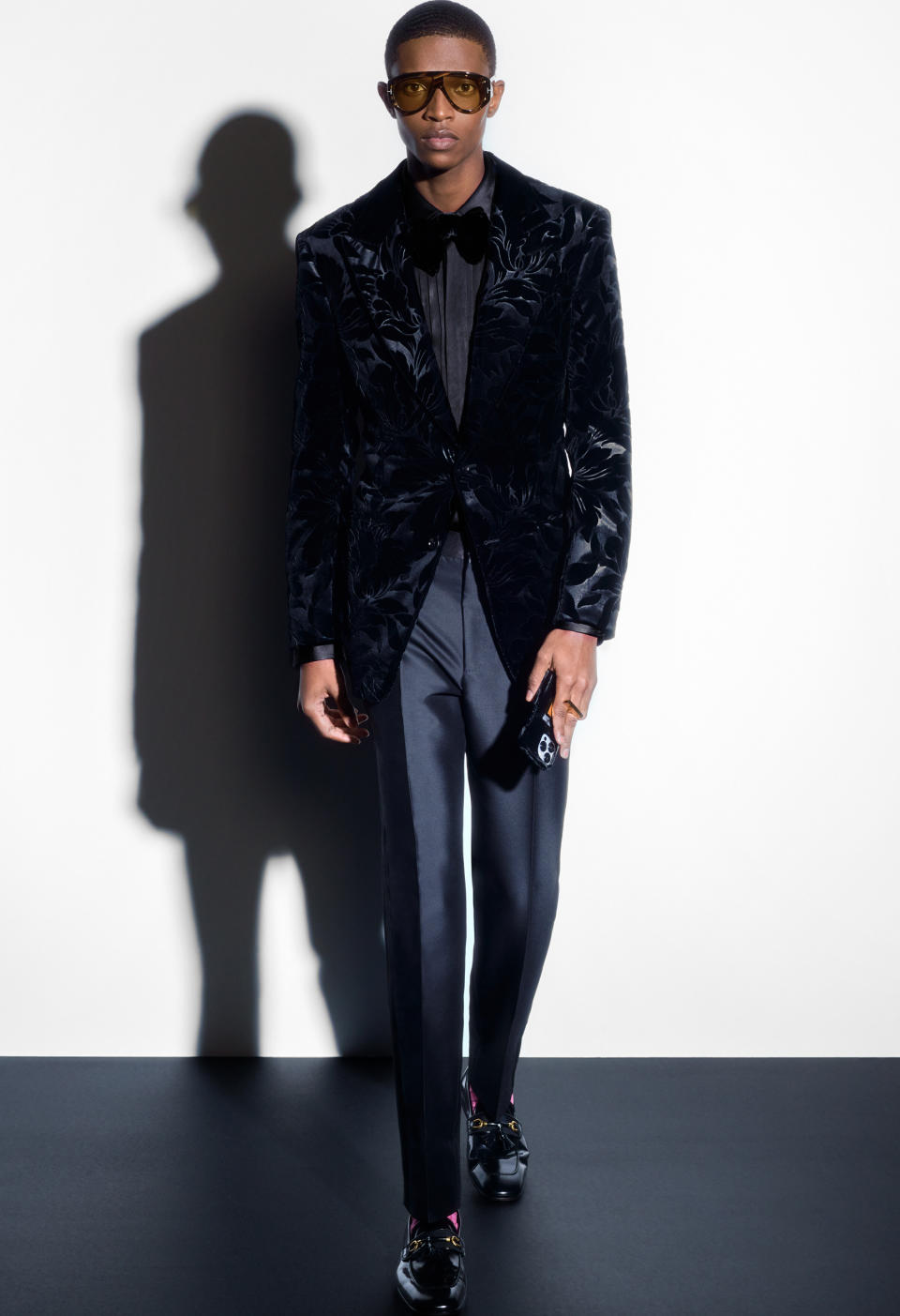Fashion’s Dealmaking Dilemma: Few Buyers, Many Sellers

The deal market in fashion has been something like a secret and brutal game of musical chairs.
Last year’s rush of big-time consumer initial public offerings — from Warby Parker to Allbirds to Rent the Runway — has privately held brands looking to connect with a buyer and cash in as well.
More from WWD
But the music has stopped, for now, and sellers still far outnumber buyers.

Courtesy of Khaite
WWD broke the news this month that Proenza Schouler, Khaite and A.L.C. have all tested the market or are still looking today. Outdoor Voices was likewise said to be considering a sale, according to a Bloomberg report. The company did not immediately return queries on Monday.
Also said to be out in the market are Ganni, Isabel Marant and others, while the very strong and high-profile are most likely to connect with potential buyers at least willing to listen, as Tom Ford seems to have done through its reported talks with the Estée Lauder Cos. Inc., the brand’s beauty licensee. Ford is said to be looking for a deal that would value the company at about $3 billion.
But being a promising brand in apparel isn’t enough — sellers also have to find the right buyer.

Courtesy of Tom Ford
Veronica Beard, for instance, is said to have gently tested the buyout market earlier this year but ultimately withdrew, finding no ready buyer willing to pay up for a brand of scale that’s growing.
That has the company biding its time, looking to keep growing and keeping an eye on the IPO market down the line, according to a source.
A Veronica Beard representative declined to comment, but that would put the brand as part of the next wave of fashion IPOs — whenever Wall Street is willing to take a look at the industry again. There are others waiting and watching to go public as well, particularly Rihanna’s Savage x Fenty.
But those not quite ready for the klieg lights on Wall Street are in a tough spot — they have to prove themselves in uncertain times to a small set of potential buyers.
“There’s been a renewed focus on sustainable profitability,” said David Munczinski, principal at investor Firelight Capital Partners. “There are deals that will get done before the end of the year, but I think the valuation, the multiple of [earnings before interest, taxes, depreciation and amortization] will reflect the uncertainty in where 2023 is going.
“What you’re seeing now is widespread recognition among investors, especially in the direct-to-consumer space, that sales through COVID[-19] — the online sales, the marketplace sales, the wholesale sales done online — are unsustainable,” Munczinski said. “There really was a COVID[-19] bump.”
That’s important because acquisitions and buyouts are priced on a multiple of earnings and — sometimes — sales.
But with the market seeing business last year as a pandemic anomaly, there’s no strong foundation to base prices on.
So Munczinski said there was a pause in dealmaking now that will last into the third quarter as buyers and sellers grapple with valuations.
In a more normal economic landscape, prices could be set on estimates of earnings over the next year — if the next year of 2023 weren’t a big question mark with the threat of a recession looming, an ongoing war in Europe, inflation sky-high and the world still waking back up from the pandemic.
“Let’s assume there’s a recession, things will continue this way,” Munczinski said of the deal market. “Let’s assume there’s no recession, you still will have to clear through the inventory situation, both at the retailers and now at the brands. That needs to get worked out. The next shoe to drop is the inventory situation leading to a working capital issue for many of these businesses, so that becomes the next area where there’s investor scrutiny.”
On top of it all — unusually strong sales last year, a whirlwind of economic woes this year and uncertainty around next year — there is another key factor restraining the buying and selling of fashion companies: Who is there to pony up the cash and take a chance on a small- to midsized fashion business?
Years ago there were big strategic players like Liz Claiborne Inc. or Jones Apparel Group that were looking for apparel businesses to build, but they’re gone. VF Corp. is still buying — witness its $2.1 billion deal for Supreme in 2020 — but is not looking to build back in sportswear. PVH Corp. under chief executive officer Stefan Larsson appears to be focused on supercharging its Tommy Hilfiger and Calvin Klein brands. Capri Holdings CEO John Idol is looking to buy, but in luxury and is eyeing particularly European businesses that have at least $500 billion in sales and can grow to $1 billion.
And many of the private equity players that do know fashion and have made big bucks buying and selling apparel businesses are keenly aware that there are few ready buyers and so are less keen to jump into an investment in the space.
Besides that, it’s still hard to successfully build in an industry reliant on a customer base with such a short attention span.
“In the current environment, it is more and more challenging to attract quality buyers for small- to medium-sized fashion brands, especially if they aren’t showing growth, solid profits and a strong consumer connection,” said Elsa Berry, founder of Vend?me Global Partners. “Many financial buyers now realize that owning fashion companies can be financially challenging with today’s consumers evolving rapidly and becoming ever so fickle.”
It’s an environment that separates the winners from the losers — those hoping to scrape up some more cash and those looking to really cash out.
William Susman, managing director at Threadstone Advisors, said: “Strong brands with quality management were able to survive in 2020, thrive in 2021 and will move into overdrive in 2022. Investors are hesitant to reengage on fashion apparel but I believe the best-in-class companies will be able to get deals done.”
Launch Gallery: Veronica Beard Resort 2023
Sign up for WWD's Newsletter. For the latest news, follow us on Twitter, Facebook, and Instagram.